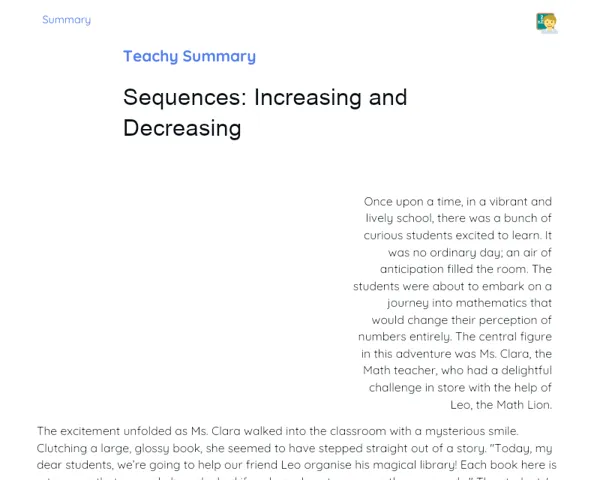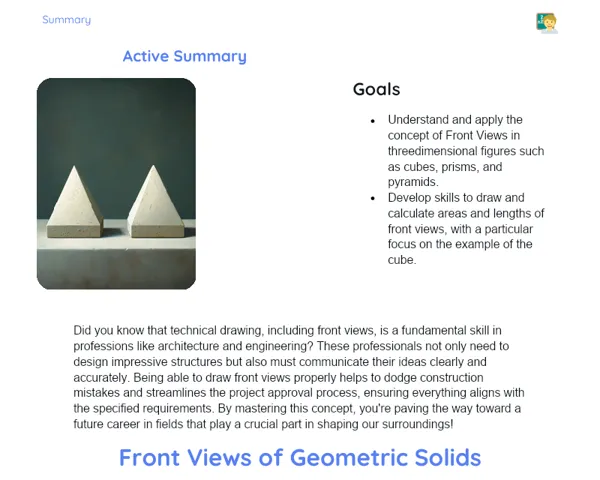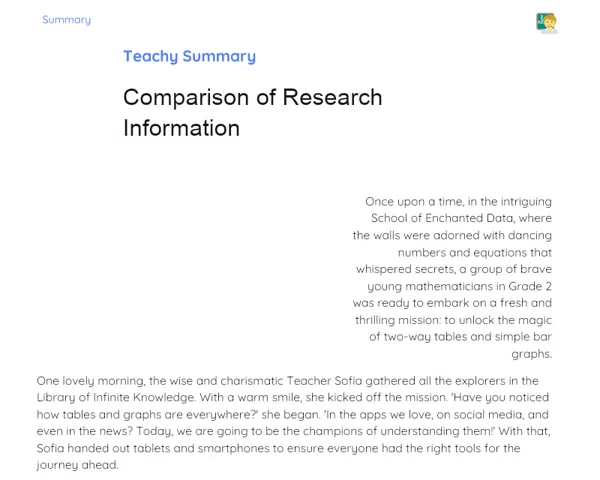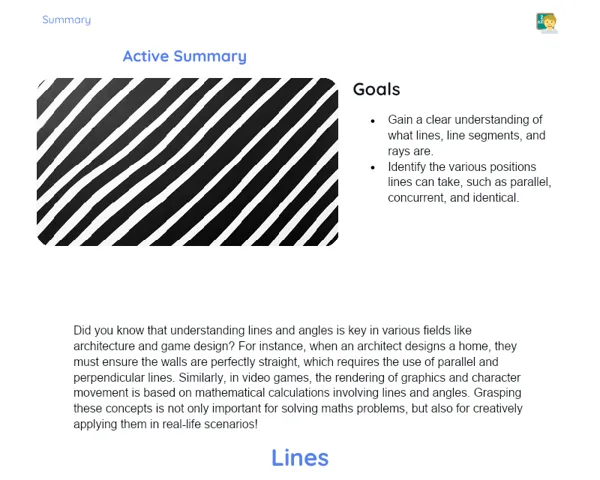Objectives
1. 📏 Master the reading and writing of decimal numbers, identifying digits and their specific positions like units, tens, and hundreds.
2. 📏 Develop practical skills to apply the decimal system in everyday situations, such as dealing with currency or conversion measurements.
Contextualization
Did you know that the decimal system we use daily for transactions and measurements dates back to ancient India and was later popularised in Europe thanks to Arab mathematicians? That's right! The simplicity of calculations and the broad application of the decimal system make it a crucial tool in mathematics and virtually every facet of our lives. Whether we're buying fruit at the local market or mapping out distances during road trips, the decimal system is everywhere, helping us communicate and understand numbers in a fantastic way!
Important Topics
Reading and Writing Decimal Numbers
Mastering how to read and write decimal numbers is core to understanding everyday maths. Decimal numbers pop up in various situations, from double-checking prices to measuring quantities in recipes. Students learned to identify each decimal position, including units, tens, and hundreds, and the role each plays in the total value of the number.
-
Units, tens, hundreds: Each decimal position has a base value that is ten times larger or smaller than the adjacent position. For example, in the number 2,345, there are 5 units, 4 tens, and 3 hundreds.
-
Importance of accuracy: Mistakes in reading or writing decimals can lead to serious blunders, especially in financial or scientific contexts.
-
Daily practice: Engaging in exercises that involve money and measurements can help reinforce the correct interpretation and handling of decimal numbers.
Currency Conversion
Being able to convert currencies is incredibly useful, particularly in our interconnected world. Students practiced converting euros to rands, using the decimal system to accurately adjust values. This skill is practical for those travelling or shopping internationally.
-
Conversion rate: Remember, the conversion rate can fluctuate, making it essential for calculating the equivalent value in another currency.
-
Rounding: When converting currencies, it’s common to round results to two decimal places, a standard practice in finance.
-
Real-world application: Knowing how to convert currencies is helpful for travel planning, international online shopping, and studying economics.
Practical Applications in Measurements and Cooking
Utilising the decimal system in cooking measurements helps students grasp the importance of precision in real life. Understanding how to convert grams to cups or millilitres to tablespoons requires a firm grasp of the decimal system and its uses in practice. This skill is vital for accurately following recipes and can be applied in other areas that demand precise measurements.
-
Unit conversion: Different countries have varying measurement units, so knowing how to convert them using the decimal system is key.
-
Precision in recipes: A small error in measurement can mess up a dish, underscoring the significance of accuracy in decimal numbers.
-
Transferable skill: Techniques learned in converting culinary measurements can also be useful in science and other fields needing precise measurements.
Key Terms
-
Decimal Number: A number featuring a fractional part separated from the whole part by a dot (.), widely utilised in our daily lives.
-
Decimal Positions: Each digit’s place in a decimal number denotes a power of ten; for example, the digit in the tens place is ten times greater than that in the units place.
-
Conversion Rate: The rate used to convert one unit of currency or measurement into another, critical for calculations in travel and international trade.
For Reflection
-
How can understanding the decimal system improve your everyday purchases and personal finance management?
-
In what ways could being able to convert units be practical in activities beyond school, like hobbies or chores?
-
How might you apply your knowledge of decimal numbers to solve real-life problems, like event planning or budgeting?
Important Conclusions
-
We have mastered the skill of reading and writing decimal numbers, delving into the significance of each position as units, tens, and hundreds, and how they influence the total value.
-
We learned how to convert currencies and appreciate conversion rates, vital skills in our frequently interconnected world.
-
We applied the decimal system in practical measurements like cooking, underscoring the importance of precision for perfect recipe outcomes.
-
We discovered that the decimal system is not merely a mathematical concept; it's an indispensable tool permeating numerous aspects of daily life, from shopping to travel.
To Exercise Knowledge
Keep an expense diary for a week, using decimal numbers to note each purchase. Adapt a family recipe that typically uses spoon measurements into decimal measurements. Simulate a short trip to another country and budget using a fictional conversion rate, applying the decimal system.
Challenge
Join the 'Merchant Challenge': Pretend you are a vendor at an international market. You have a list of products priced in a foreign currency. Convert these prices to local currency and prepare a brief presentation explaining your conversion methods and how you aim to maximise profits.
Study Tips
-
Practice with the decimal system through online games involving money and measurements for a fun and engaging learning experience.
-
Use currency conversion apps to familiarise yourself with exchange rates and practice real-time conversions.
-
Work on small projects that require decimal calculations, such as planning an event or determining materials for a craft project, to apply your knowledge in real-life contexts.



